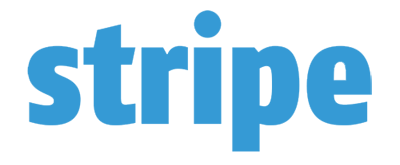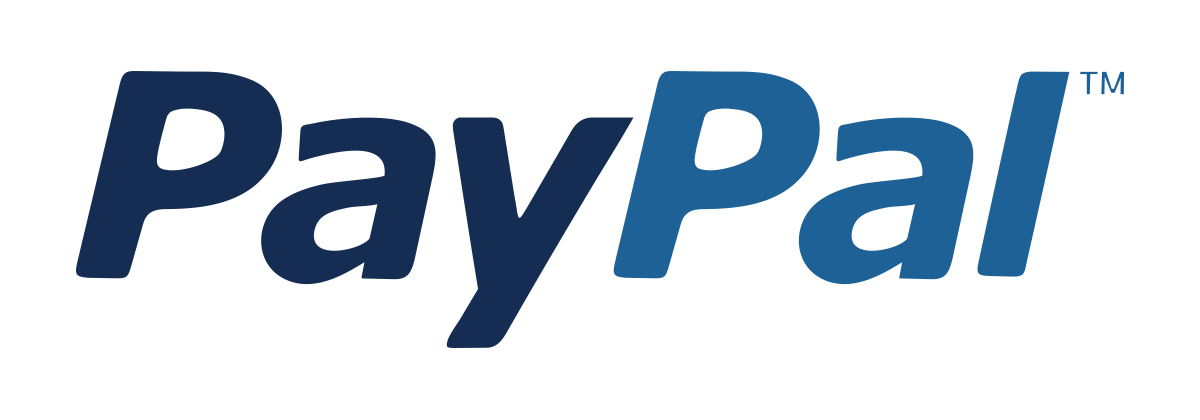Advanced Computer Vision (YOLO & Object Detection)
Master object detection, tracking, and deep visual intelligence using YOLO and state-of-the-art CV models.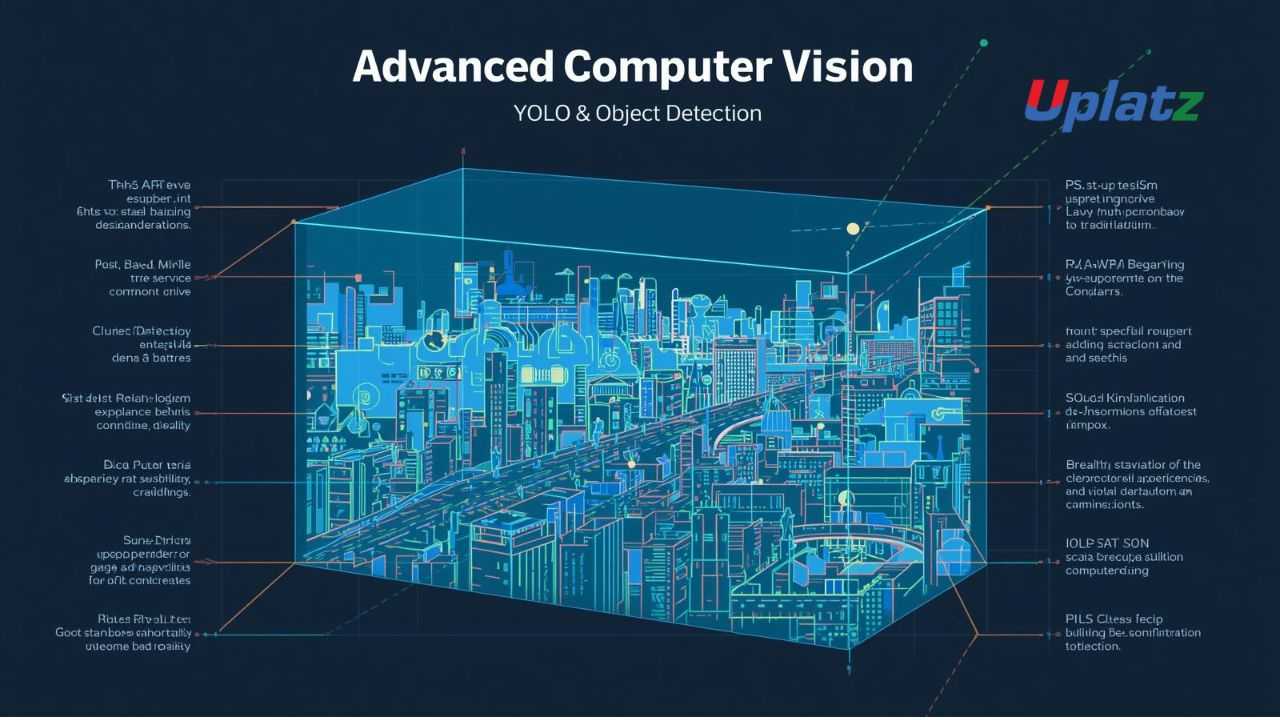 Price Match Guarantee
Full Lifetime Access
Access on any Device
Technical Support
Secure Checkout
Course Completion Certificate
Price Match Guarantee
Full Lifetime Access
Access on any Device
Technical Support
Secure Checkout
Course Completion Certificate
 90% Started a new career
BUY THIS COURSE (
90% Started a new career
BUY THIS COURSE (GBP 12 GBP 29 )-
 82% Got a pay increase and promotion
82% Got a pay increase and promotion
Students also bought -
-
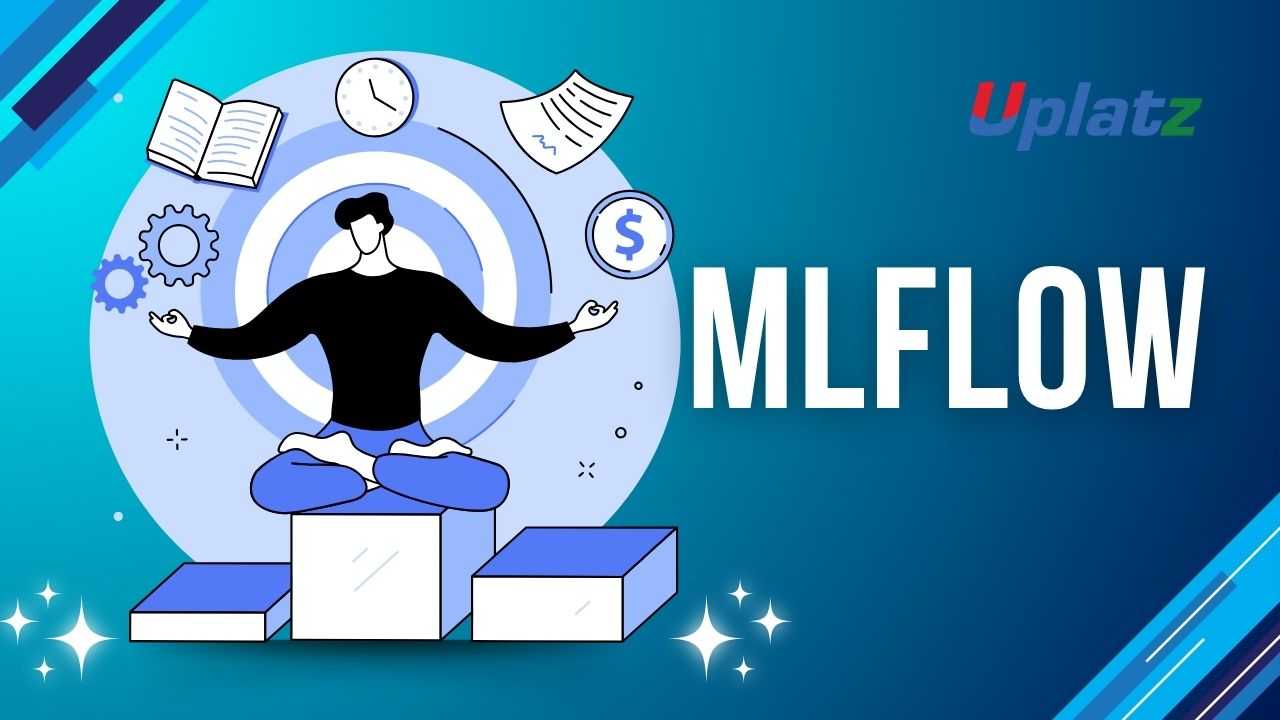
- MLflow
- 10 Hours
- GBP 12
- 10 Learners
-
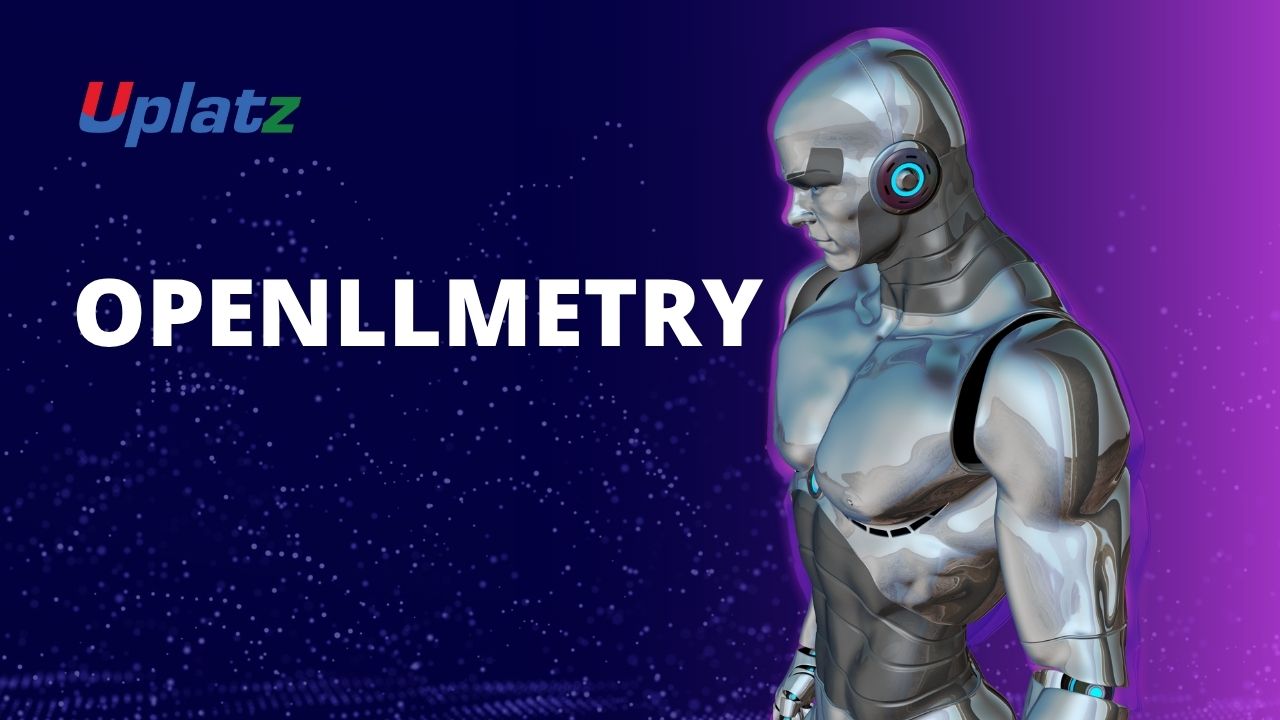
- OpenLLMetry
- 10 Hours
- GBP 29
- 10 Learners
-
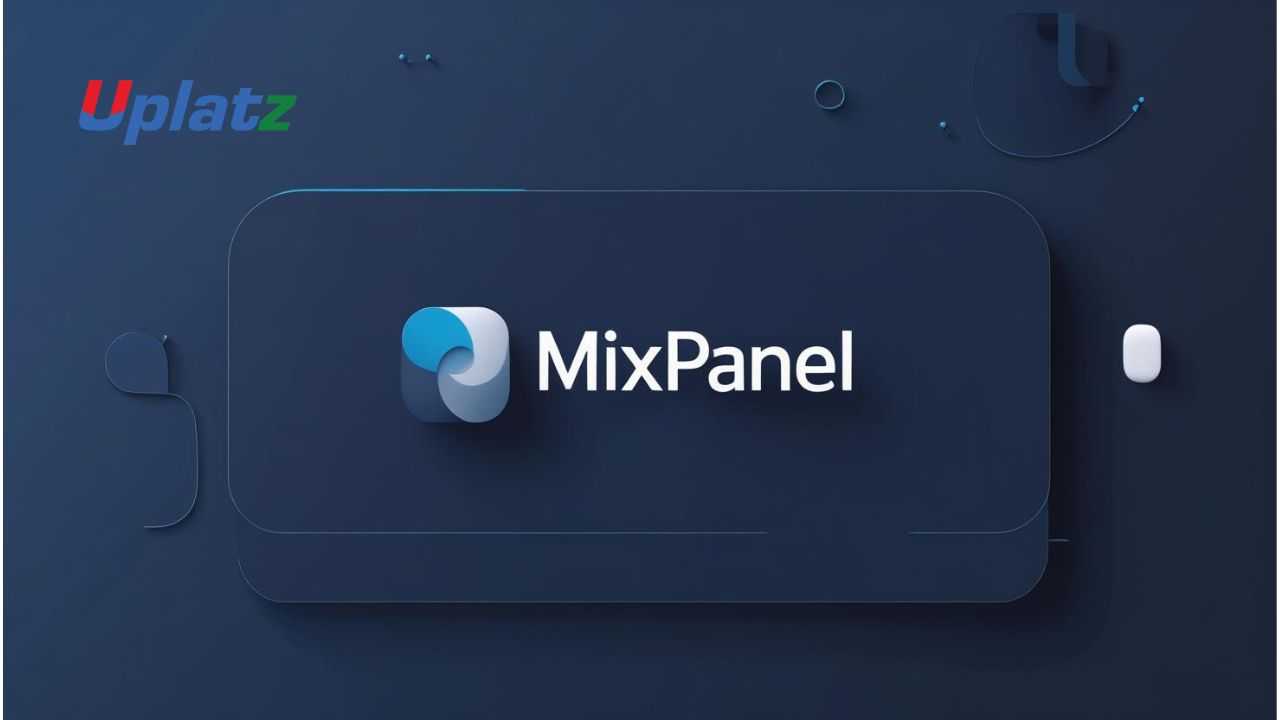
- Mixpanel
- 10 Hours
- GBP 12
- 10 Learners
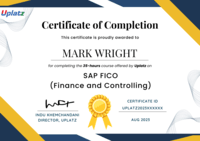
Advanced Computer Vision – YOLO, Detection, and Real-Time Visual Intelligence
Advanced Computer Vision (YOLO & Object Detection) is a specialized course designed to help learners master the most powerful techniques in real-time object detection, localization, and image understanding using modern deep learning frameworks.
Computer Vision (CV) has evolved beyond static image classification — it now powers applications like autonomous vehicles, facial recognition, surveillance, robotics, and medical imaging. This course focuses on the architecture, training, and deployment of object detection systems using YOLO (You Only Look Once), SSD, Faster R-CNN, and DETR models.
You’ll gain both theoretical depth and practical expertise, learning how to train custom object detectors, handle large datasets, apply transfer learning, and deploy models for edge and cloud environments. Through project-based learning, you’ll develop the skills to translate complex visual data into actionable insights — a critical capability for today’s AI-driven applications.
Why Learn Advanced Computer Vision (YOLO & Object Detection)?
Computer Vision is at the heart of the fourth industrial revolution. From smart cities to autonomous vehicles, real-time visual understanding enables automation and safety across industries.
YOLO and other modern object detection algorithms have transformed how AI systems perceive the world — achieving near-human accuracy in identifying and tracking multiple objects simultaneously.
By mastering these techniques, you can:
- Build intelligent applications capable of visual reasoning.
- Optimize detection models for speed, precision, and scalability.
- Gain in-demand AI engineering skills used by top tech companies.
- Contribute to research and innovation in robotics, healthcare, and security.
What You Will Gain
By completing this course, you will:
- Understand deep learning foundations of computer vision.
- Learn object detection techniques from region-based to single-shot models.
- Master YOLO architectures (v3, v5, v7, v8) and training pipelines.
- Build custom datasets and train detection models for real-world tasks.
- Apply transfer learning for faster model adaptation and performance gains.
- Integrate object detection systems into real-time applications using OpenCV and TensorRT.
- Deploy models on cloud and edge devices (Jetson, AWS, GCP, or ONNX).
Hands-on projects include:
- Training a YOLOv8 model for real-time face and object detection.
- Developing a vehicle detection and counting system for traffic analytics.
- Building an AI-enabled visual inspection tool for manufacturing or healthcare.
Who This Course Is For
This course is designed for:
- AI & ML Engineers building production-ready vision applications.
- Computer Vision Researchers advancing detection and segmentation models.
- Data Scientists & Developers applying deep learning to visual problems.
- Robotics Engineers integrating vision intelligence for perception systems.
- Students & Professionals seeking to master applied computer vision techniques.
Whether you’re developing autonomous systems or intelligent analytics tools, this course provides the tools and frameworks needed for success in visual AI.
By the end of this course, learners will be able to:
- Understand the evolution of computer vision and object detection models.
- Explain key architectures including CNNs, R-CNNs, SSDs, and YOLO.
- Preprocess, label, and augment image datasets for model training.
- Train, validate, and tune object detection models using transfer learning.
- Implement YOLO models for real-time detection and localization.
- Evaluate model performance using IoU, mAP, and precision-recall metrics.
- Optimize model inference with quantization and acceleration tools.
- Integrate object detection models into real-time applications using OpenCV and Python.
- Deploy trained models on cloud, web, or edge environments.
- Build complete visual AI systems combining detection, tracking, and analytics.
Course Syllabus
Module 1: Introduction to Computer Vision and Deep Learning
Overview of computer vision, CNNs, and the evolution of object detection.
Module 2: Image Processing and Preprocessing Techniques
Image filtering, augmentation, normalization, and dataset preparation.
Module 3: Convolutional Neural Networks (CNNs)
Architecture, layers, filters, feature maps, and backpropagation fundamentals.
Module 4: Classical Object Detection Models
Overview of R-CNN, Fast R-CNN, and Faster R-CNN.
Module 5: Single-Shot Detectors (SSD, RetinaNet)
Design principles, anchor boxes, and performance trade-offs.
Module 6: YOLO – You Only Look Once
Deep dive into YOLOv3 to YOLOv8 architectures and training process.
Module 7: Custom Object Detection Projects
Building and labeling datasets using Roboflow or LabelImg; model training in PyTorch.
Module 8: Model Evaluation and Performance Metrics
Understanding IoU, precision, recall, F1 score, and mAP metrics.
Module 9: Real-Time Inference and Optimization
Deploying models with TensorRT, OpenVINO, and ONNX Runtime for performance optimization.
Module 10: Object Tracking and Segmentation
Implementing object tracking (SORT, DeepSORT) and semantic segmentation (Mask R-CNN).
Module 11: Deployment and Integration
Integrating models into applications using Flask, FastAPI, or Streamlit.
Module 12: Capstone Project – Building an Intelligent Detection System
Develop and deploy a real-time detection project such as vehicle tracking, defect detection, or surveillance monitoring.
Upon successful completion, learners will receive a Certificate of Mastery in Advanced Computer Vision (YOLO & Object Detection) from Uplatz.
This certification verifies your expertise in designing, training, and deploying state-of-the-art object detection systems using deep learning. It highlights your ability to apply YOLO architectures, manage datasets, and optimize real-time inference pipelines.
The certificate serves as proof of your technical capability to:
- Implement end-to-end object detection workflows from data to deployment.
- Integrate advanced vision models into real-world applications.
- Collaborate in AI projects requiring visual perception and automation expertise.
It demonstrates that you are qualified to work on AI, Robotics, and Computer Vision teams across industries like autonomous vehicles, smart surveillance, retail analytics, and healthcare imaging.
Proficiency in advanced computer vision unlocks lucrative roles in rapidly expanding fields such as AI, robotics, and automation. Common job titles include:
- Computer Vision Engineer
- AI/ML Engineer (Vision)
- Deep Learning Specialist
- Robotics Perception Engineer
- Research Scientist – Visual Intelligence
- AI Product Developer
Industries such as automotive, defense, healthcare, retail, and smart cities increasingly seek professionals with practical expertise in YOLO, TensorFlow, and PyTorch for vision-based AI applications.
- What is object detection and how does it differ from image classification?
Object detection identifies both what objects are present and where they are located in an image. - Explain the architecture of YOLO.
YOLO divides the image into grids and predicts bounding boxes and class probabilities in a single pass, enabling real-time detection. - What metrics are used to evaluate object detection models?
IoU (Intersection over Union), mAP (mean Average Precision), precision, recall, and F1 score. - What are the main differences between YOLO and Faster R-CNN?
YOLO is faster and single-stage, while Faster R-CNN is more accurate but two-stage and computationally heavier. - What is transfer learning and why is it used in object detection?
It reuses weights from pre-trained models to accelerate training and improve performance on smaller datasets. - What is Non-Maximum Suppression (NMS)?
NMS removes overlapping bounding boxes to keep only the most confident predictions. - How do you handle class imbalance in object detection datasets?
Through data augmentation, focal loss, or oversampling underrepresented classes. - What’s the advantage of YOLOv8 over earlier versions?
It offers improved architecture, dynamic input scaling, and built-in segmentation and tracking capabilities. - What are the challenges in deploying real-time object detection?
Latency, hardware constraints, model size, and balancing accuracy with speed. - Name real-world applications of YOLO-based systems.
Autonomous driving, surveillance, retail analytics, medical imaging, and industrial defect detection.





